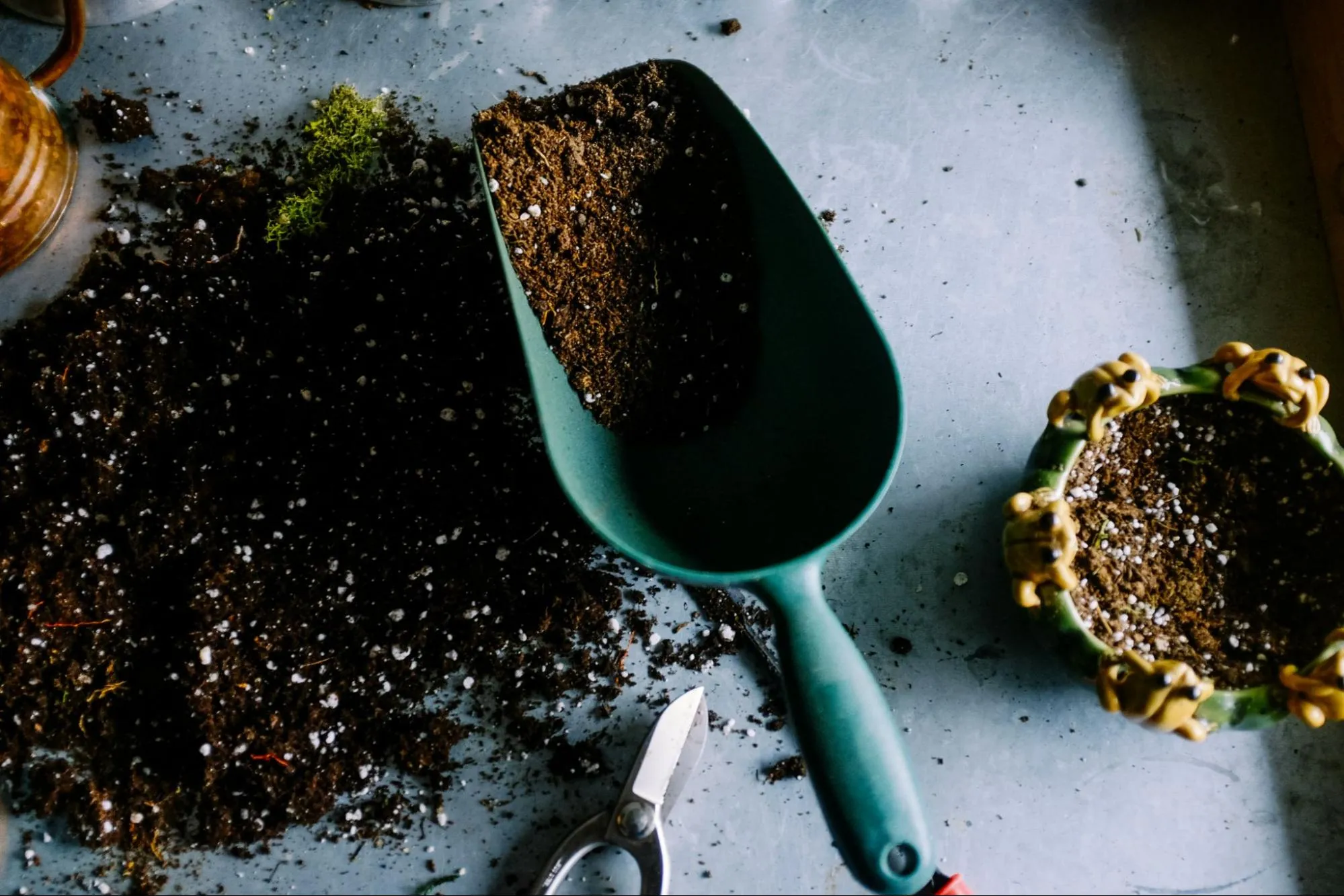How Do You Achieve the Right Compost Balance?
Composting is both an art and a science, and achieving the perfect balance can be a challenge. To shed light on this topic, we’ve compiled insights from five experts, including Founders and General Managers. They range from choosing the right compost location to selecting a suitable composting method, providing a comprehensive guide to perfecting your compost mix.
- Choose the Right Compost Location
- Understand the Carbon-to-Nitrogen Ratio
- Balance Green and Brown Materials
- Monitor Moisture and Temperature
- Enhance Compost with Biochar
Choose the Right Compost Location
The location of your compost is crucial for successful composting. You need to identify the perfect spot for your compost pile. A semi-shady area works well, such as under a deciduous tree or bush. It’s important to ensure that the compost is not in full sunlight, as this can cause the materials to dry out too quickly. Additionally, some shelter from rain is beneficial to prevent the compost from getting overly saturated during wet weather. The compost also requires soil as its base to allow small organisms like earthworms to enter.
 Billy Litmer
Billy Litmer
Founder, Honest Eco Tours
Understand the Carbon-to-Nitrogen Ratio
In the intricate dance of creating the perfect compost mix, one factor often overshadows others in its importance, yet it’s frequently overlooked: the Carbon-to-Nitrogen (C:N) ratio. I’ve found that understanding and applying the concept of balance is crucial, not just in composting but in marketing, blogging, technology, and SEO as well.
Let me draw a parallel to elucidate my point. In digital marketing, just as in composting, the balance between content (carbon) and engagement (nitrogen) is pivotal. Content is the backbone of any marketing strategy, akin to carbon-rich materials that provide the structure for compost. Engagement, on the other hand, is like the nitrogen-rich materials that spur activity and growth. Achieving the right C:N ratio in composting mirrors the balance we strive for in creating content that not only informs but also engages and converts.
From my experience, the magic happens when this ratio is optimized. For compost, the ideal C:N ratio hovers around 25-30:1. In marketing, this translates to creating content that is rich in value (carbon) but also designed to engage and interact with the audience (nitrogen) at an optimal rate. This balance ensures that your compost—or your marketing campaign—will thrive, fostering a healthy, productive environment.
In practice, achieving this balance in composting meant closely monitoring my inputs, adjusting as necessary based on the decomposition rate and the overall health of the compost pile. Similarly, in marketing, it involves continuously analyzing the performance of our content and engagement strategies, tweaking them to maintain the perfect equilibrium that drives success.
The key to achieving the right compost balance, much like the key to a successful marketing strategy, lies in mastering the Carbon-to-Nitrogen ratio. It’s a simple yet profound principle that, when applied correctly, can lead to remarkable results, whether you’re nurturing a garden or growing a business.
 Gustav Nicholson
Gustav Nicholson
Editor, Ampifire
Balance Green and Brown Materials
Achieving the right compost balance boils down to having the correct mix of green and brown materials. Green materials are things like kitchen scraps and grass clippings, while brown materials include leaves and cardboard.
It’s important to balance these out because green materials provide nitrogen, which helps things break down, while brown materials provide carbon, which adds structure. Aim for about twice as many brown materials as green ones.
This balance helps microbes do their job, breaking everything down into rich compost that’s great for plants. So, if you want your compost to work well, keep that mix in mind!
 Garth McAlpin
Garth McAlpin
Director & National Fulfilment Manager, Classic Architectural Group
Monitor Moisture and Temperature
Regular turning aerates the mix, aiding decomposition by introducing oxygen. Maintaining moisture levels akin to a wrung-out sponge fosters microbial activity crucial for breakdown. Monitoring temperature helps gauge microbial activity; ideally, it should stay between 110°F and 160°F. Adjusting ratios based on observation and occasional additions of organic matter refine the balance for nutrient-rich compost.
 Fahad Khan
Fahad Khan
Digital Marketing Manager, Ubuy Nigeria
Enhance Compost with Biochar
The incorporation of biochar into the compost pile can improve its texture, nutrient retention, and microbial habitat. Biochar, a form of charcoal produced from organic materials, has a porous structure that can enhance soil aeration and water-holding capacity when added to compost. Additionally, it can provide a refuge for beneficial microorganisms, protecting them from predation and drying, while promoting their activity in the compost and ultimately in the soil.
 Michael Donovan
Michael Donovan
Co-Founder, Niche Twins
Submit Your Answer
Would you like to submit an alternate answer to the question, “What’s a key factor in achieving the right compost balance?”
